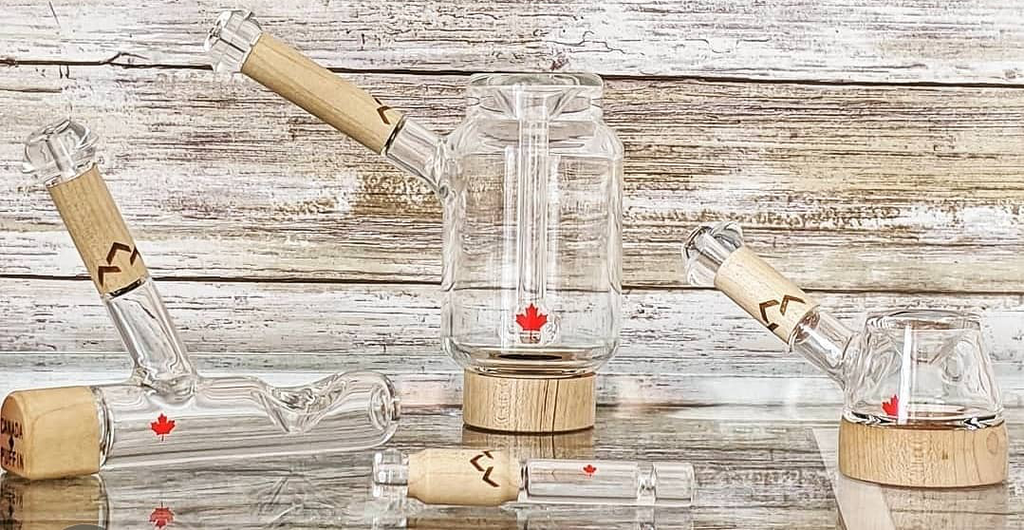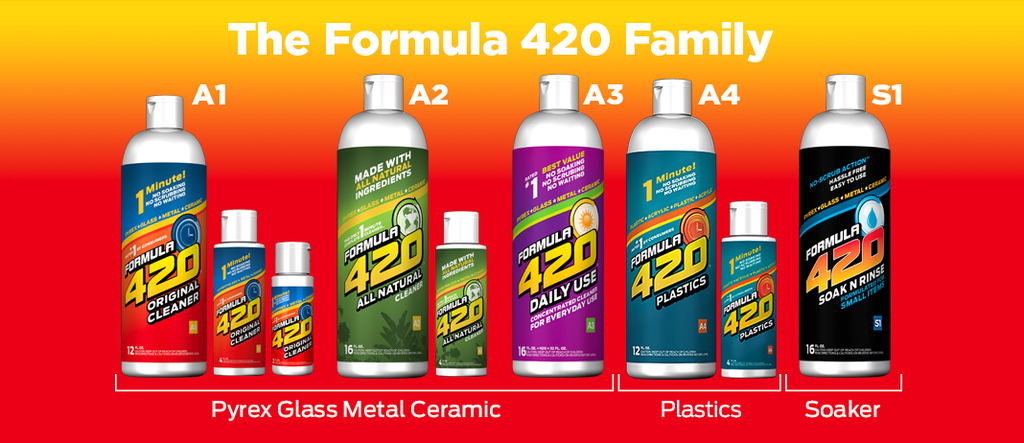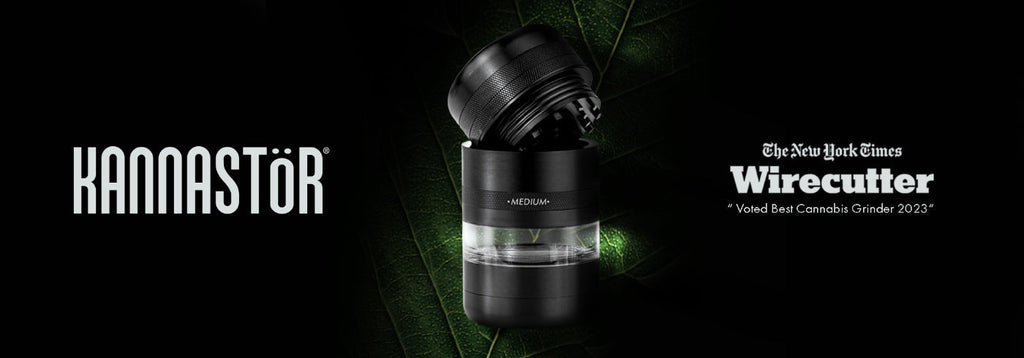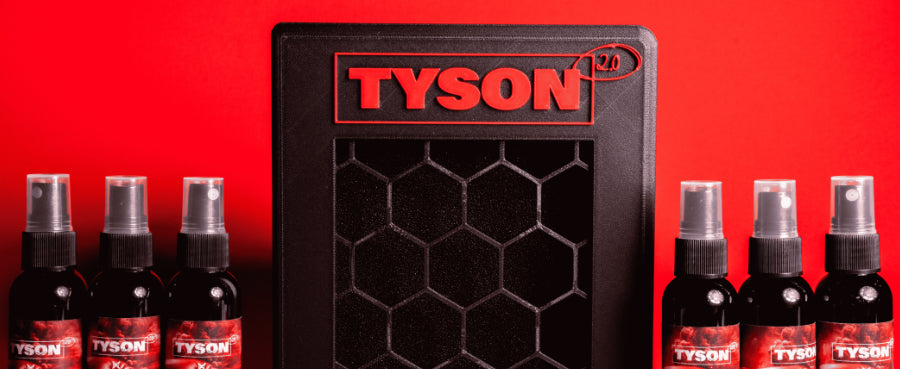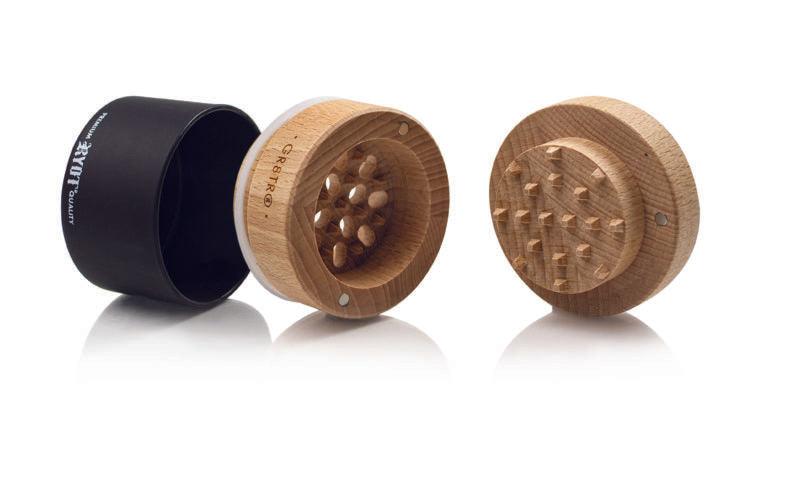
Räägime Grinders
Milleks sa
Noh, kas see pole päeva küsimus? Kui ürte enne suitsetamist ei purustata, põlevad pungad ebaühtlaselt, väliskülg põleb ära, samas kui sisemine südamik jääb põlemata ja kipub ummistuma. Kui sa just mingil põhjusel ei taha oma õliseid sõrmi kleepuvate pungade peale panna ja neid vaevaliselt väikesteks tükkideks lõigata, siis vajad sa ürdi
Herbi
Kuidas
Valides, millist materjali osta, on kolm peamist kandidaati: plastik/akrüül, puit ja metall (tavaliselt alumiinium ja titaan). Igal neist on oma plussid ja miinused, seega peate enne ostmist oma valikud läbi kaaluma.
Mõned asjad, mida kaaluda:
- Meditsiiniline versus toidukvaliteet: Võid kuulda neid termineid kasutatavat, ja lühidalt öeldes on need samad. Mõlemad on ohutud sinu ürdi ettevalmistamiseks.
- Kattekihiga versus ilma kattekihita: Ükskõik kui ettevaatlik sa oled, kief ja kleepuvad pungad juhtuvad, ja need võivad su
Grinder segamini ajada. Mittekleepuv kate võib aidata asju kauem puhtana hoida. Sellegipoolest, kui on kate, on võimalus, et see võib maha kriimustada ja sinu ürdi sisse sattuda.AGrinder anodeeritud viimistlusega ei oma täiendavat katet, kuid metalli anodeerimine (kuumutamine ja töötlemine viisil, mis loob vastupidava, korrosioonikindla ja mitte-reaktiivse viimistluse) muudab selle üheks turvalisemaks viimistluseks. - Ekraan: Kui kiefi kogumine on teie jaoks prioriteet, veenduge, et valitud
Grinder omaks selle jaoks head ekraani. Kindlasti lugege arvustusi, sest need ütlevad teile, kui hästi ekraan kanepikristalle kogub. - Puhastatavus: Plastik ja akrüül ummistuvad tavaliselt kiiremini kui puit või metall kief
Grinders . Kui segadus on piisavalt halb, peate võib-olla koguGrinder välja vahetama. Õnneks on plastik ja akrüül tavaliselt üsna odavad. Puidust valikud on samuti veidi raskemini puhastatavad, kuna neid ei saa tingimata puhastuslahusesse uputada.Kui sinu valitud pung on veidi kleepuvam või sul pole asjade kuivana hoidmine just kõige paremini käpas, siis tasub kaaluda metalliGrinder investeerimist. Metallist valmistatud toodet saab isopropüülalkoholis leotada, et eemaldada ka kõige kangekaelsem jääk. - Suurus: Mitme kambriga
Grinders on suurepärased koduseks kasutamiseks, kuid neid võib olla tülikas kaasas kanda. Jahvatamise kvaliteet ei pruugi alati olla nii hea ühe- või kahekambriliste valikute puhul, kuid need on diskreetsemad. Kui soovid siin õnnelikku kompromissi, vali meie modulaarneGrinder disain, mis võimaldab sul kergesti muuta kambrite arvu vastavalt vajadusele. - Hind: Selle väikese tööriista hind võib ulatuda mõnest dollarist kuni peaaegu sajani! See on üsna suur vahe, kuid paljuski saad, mille eest maksad
Grinder maailmas. - Hammaste konfiguratsioon: Sõltuvalt sellest, kuidas hambad on kujundatud ja paigutatud, saad erinevaid tulemusi.Mõned
Grinders on paremad koheva ürdi jahvatamisel, samas kui teised suudavad hakkama saada suuremate pungadega. Konfiguratsioon võib samuti muuta ürdi jahvatamise lihtsamaks või raskemaks.
Alternatiiv
Kui sul pole
- Terav tera: Iga tera töötab, kuid see peab olema terav. Vastasel juhul võib lõppeda sellega, et terale koguneb palju sodi ja lill purustatakse pigem kui jahvatatakse. Kui sul on hea kvaliteediga multitööriist, on sul alati tera käepärast.
-
Grinder Kaardid:Grinder kaardid on uued tulijad, kuid need on üsna stiilsed. Need väikesed kaardid võivad minna sinu rahakotti, võtmehoidjale või olla kantud kaelakeena.Kompaktne ja üsna odav,Grinder kaart on nagu väike kaasaskantav juusturiiv, mis on diskreetne ja (mõnikord) moekas. - Käärid ja pitsiklaas: Alati võid kasutada vana kääride-ja-pitsiklaasi nippi. Pannes oma pungad pitsiklaasi ja kasutades teravaid kääre, ei kaota sa ühtegi lille lauale ning kiefi kleepuvus jääb klaasi sisse.
- Münt ja tabletipurk: Kui sul juhtub olema tabletipurk ja paar (puhast!) veerandit või niklit käepärast, võid visata pungad tabletipurki ja raputada. See väike nipp teeb piisavalt hea töö kanepi peenestamisel.
- Elektriline köögikombain: Kõigepealt, kui plaanid seda teed minna, pead kas plaanima köögikombaini tõesti hästi pärast jahvatamist puhastada või ostma eraldi ühe, mis on mõeldud ainult kanepi jaoks.Ühest küljest on see tõesti kiire, kuid elektrilise köögikombaini kasutamise miinus on see, et kui sa ei pööra piisavalt tähelepanu, võid oma kanepi kergesti üle jahvatada .
Kuigi need valikud sobivad hädaolukorras, siis kui soovid head ja ühtlast pulbrit, on parim asi, mida oma varustuse nimekirja lisada, kvaliteetne

